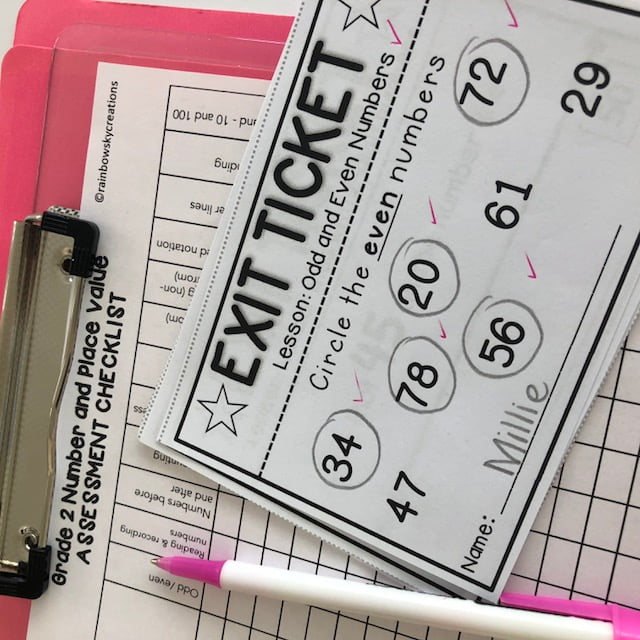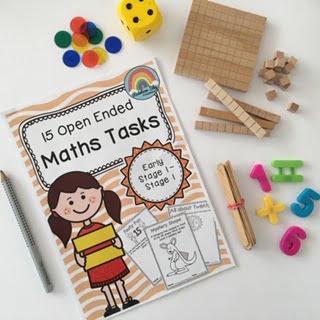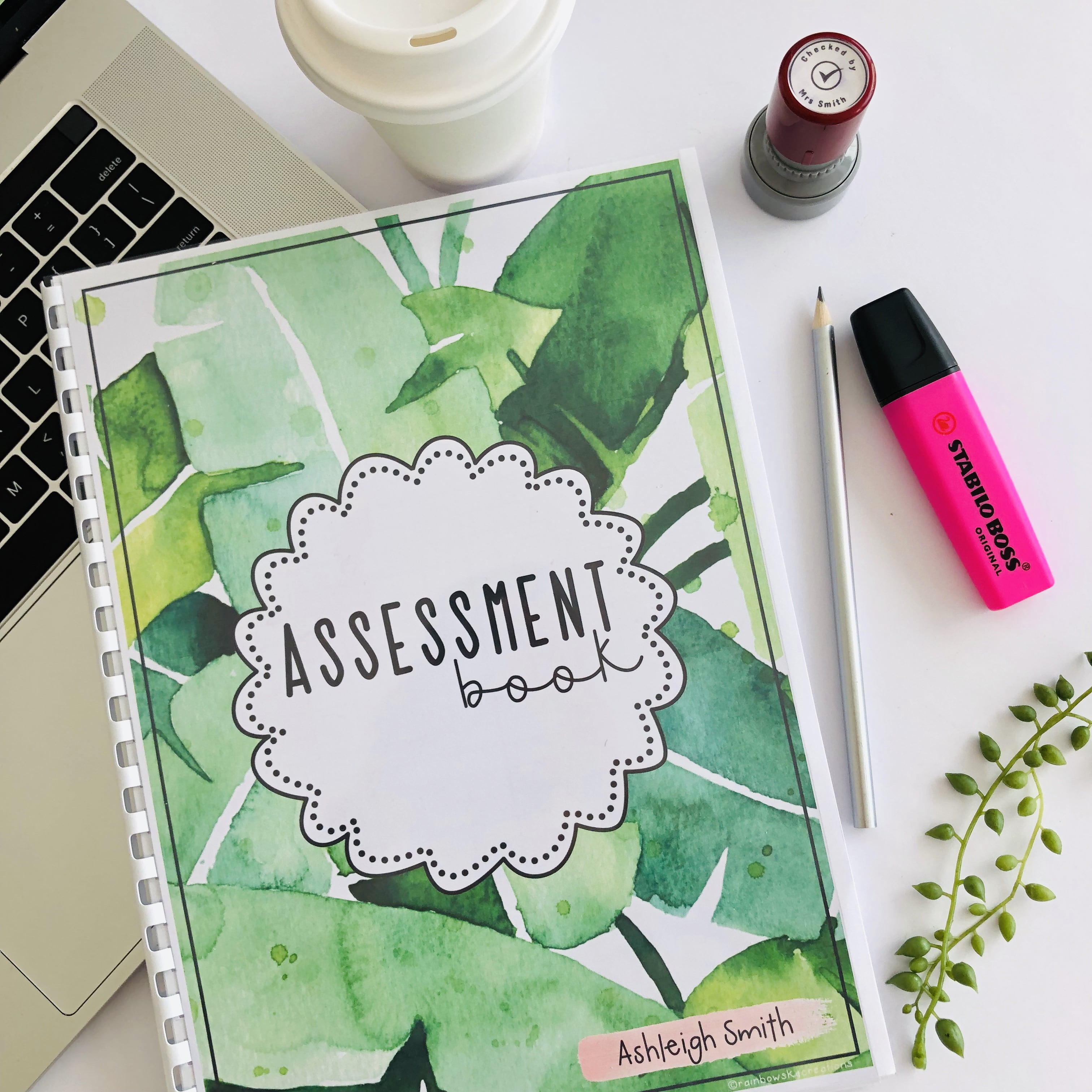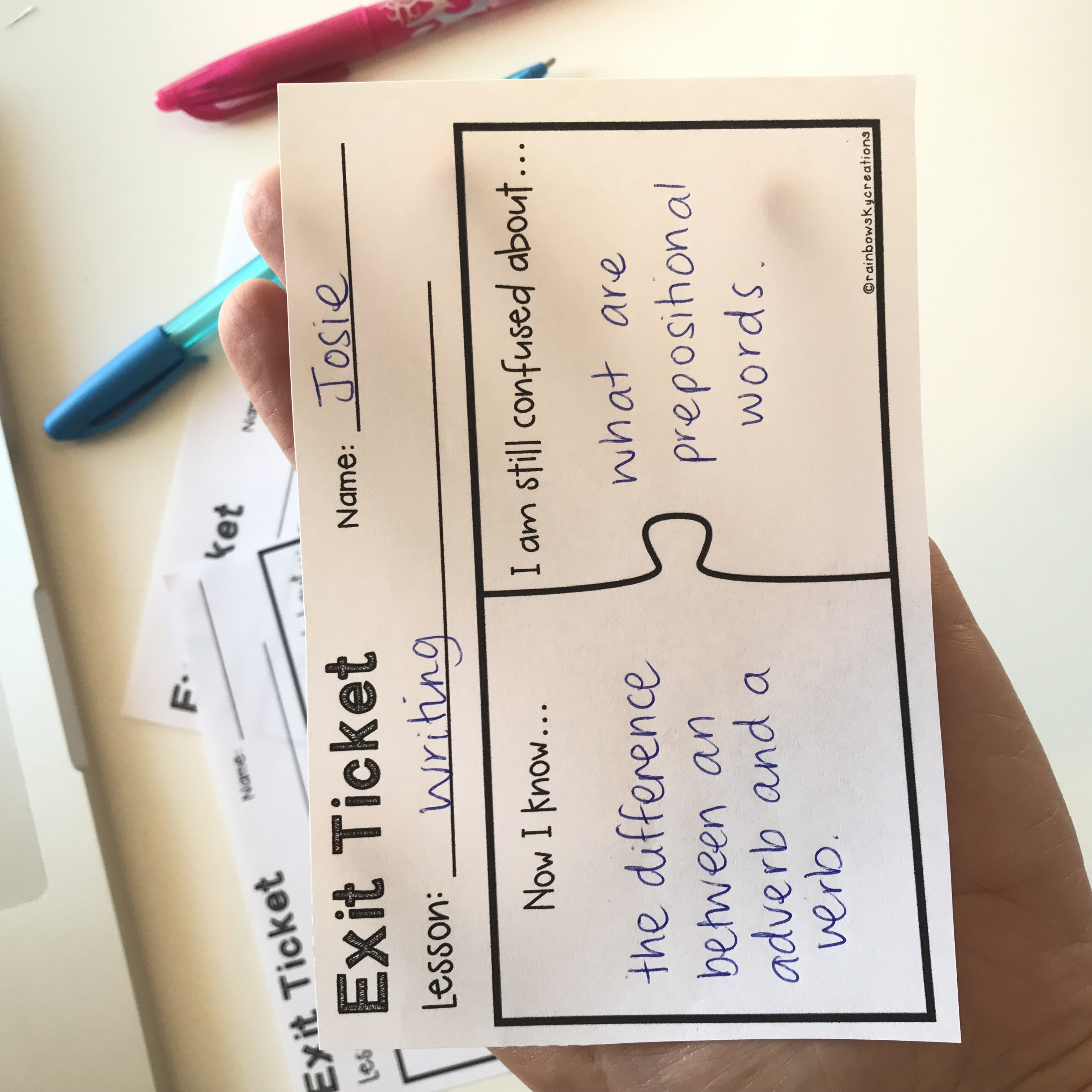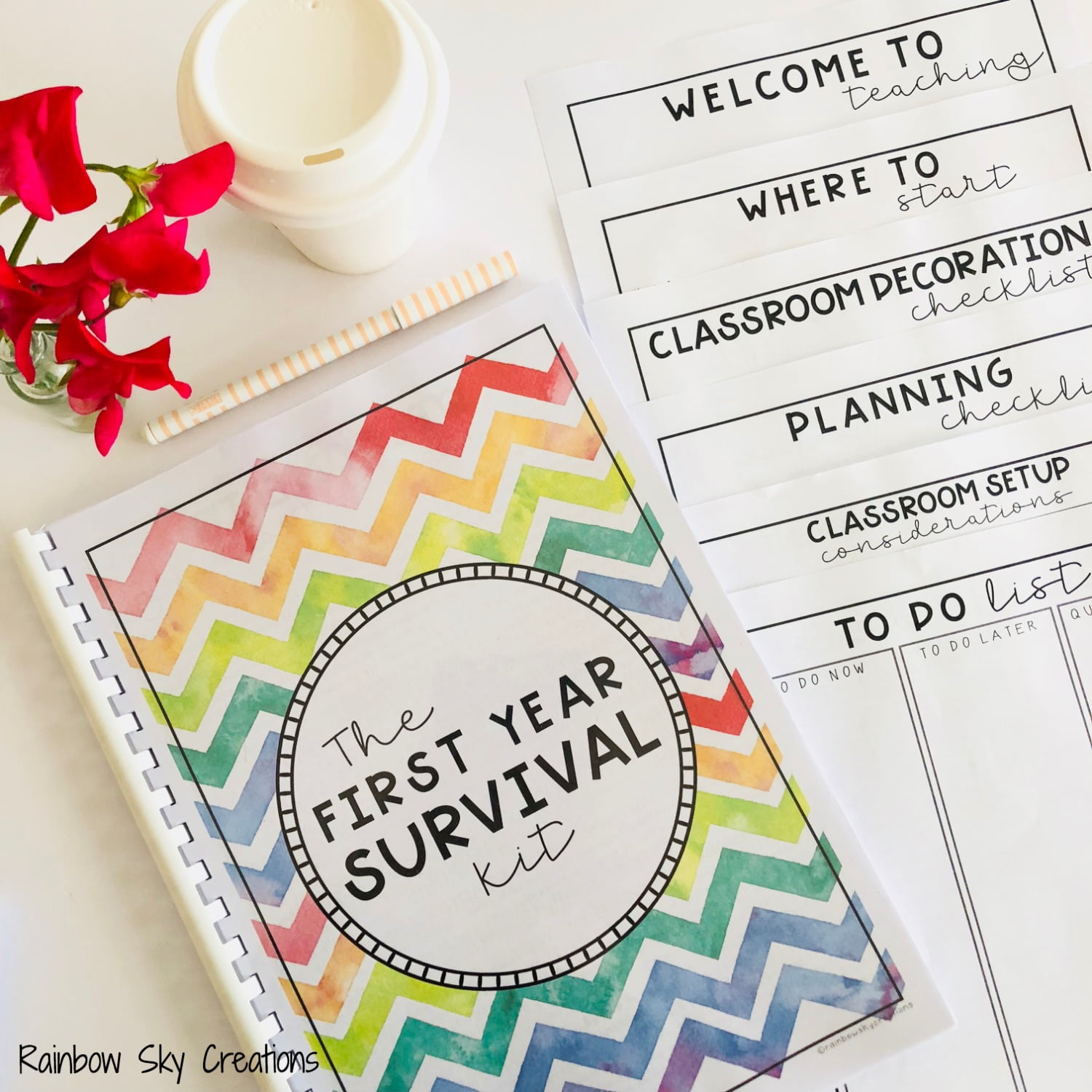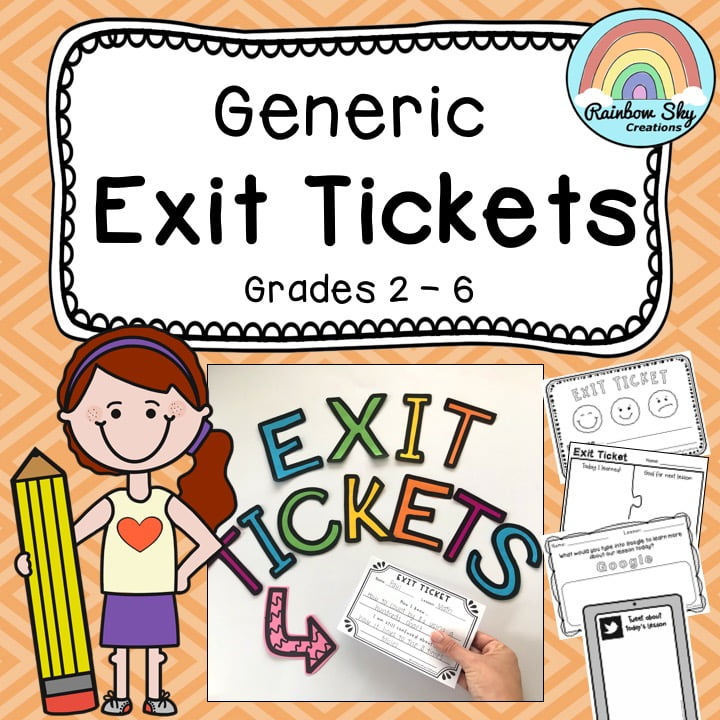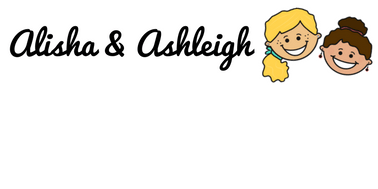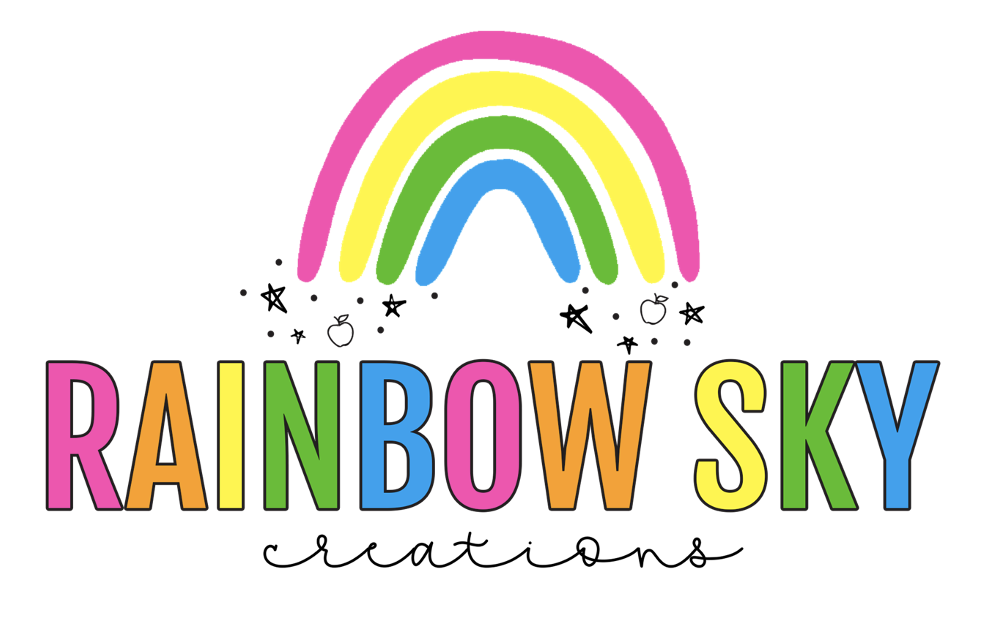Assessing a student’s learning is an integral part of teaching. An assessment aims to measure what your students have learned or will be learning in the future.
Sometimes the trickiest part with planning an assessment is working out where to begin. If you’re new to a year level looking at past assessments from previous teachers can be very helpful; however, ACARA or your State/Territories syllabus (if you are a fellow Aussie teacher), is another excellent starting point. Not only do they identify expected teaching points and achievement levels for each grade, but they also provide teachers with assessment examples.
Below we have put together 10 tips and ideas to help you when planning an authentic assessment for your students:
Work Backwards
Work backwards when planning a summative assessment. Identify what you want the students to learn and how you plan for them to show their learning. Once this is established, you can start creating lessons and formative assessments that will assist learning for the final assessment task. During the process, this allows you to target key learning objectives and skills you wish to assess along the way, such as researching, recording, creating, analysing and writing. This is where checklists and anecdotal notes come in handy.
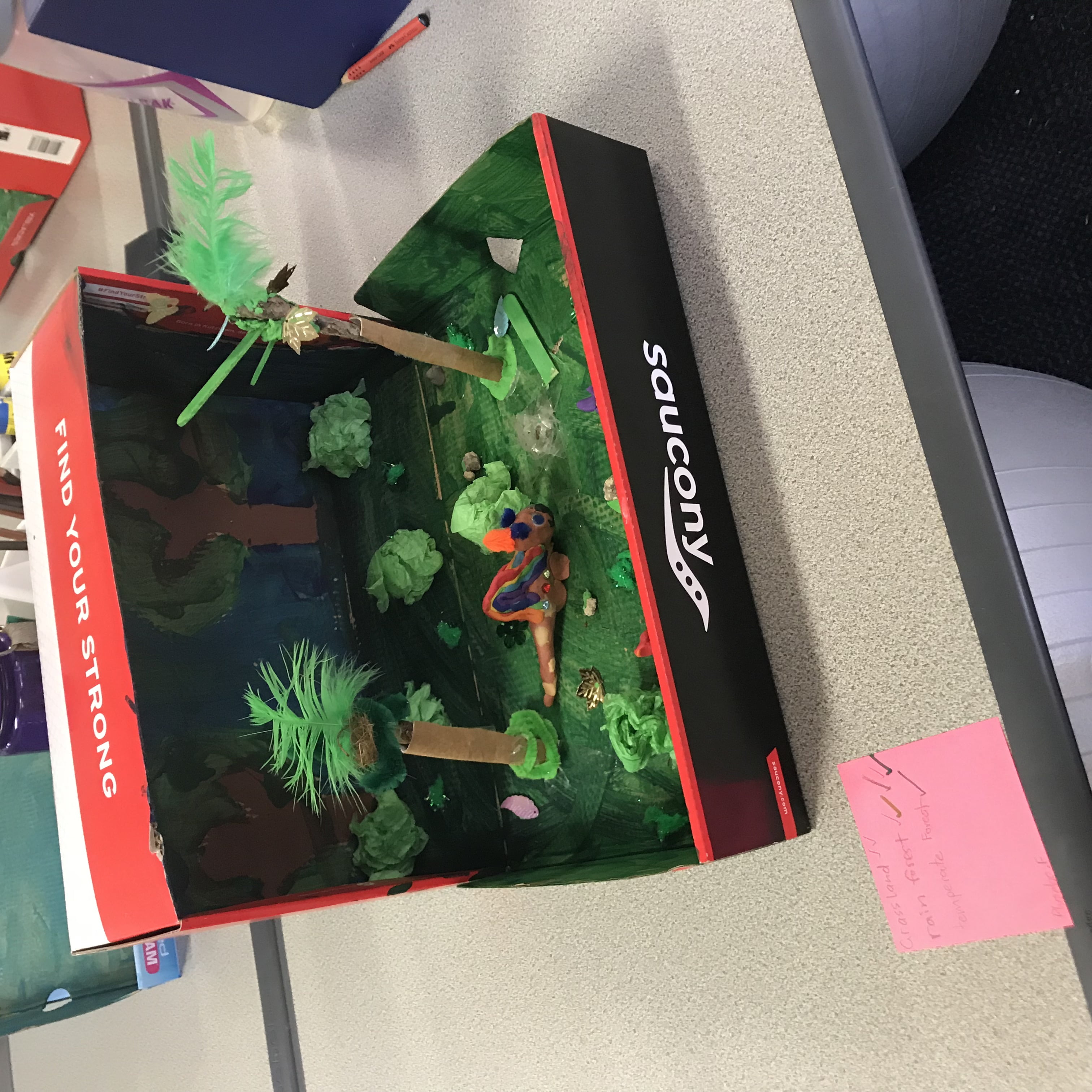
Post-it Note Reflections
Provide students with post-its for them to record a quick reflection of their learning. It could be answering a question, recording what they’ve learned in the lesson or setting a goal for future learning. This is a simple way to read students responses and gauge your next teaching steps quickly.
Make Assessments Fun
Make an assessment fun. You could have students create a board game, quiz, skit or movie to show their learning.
Exit Tickets
Exit tickets are one of our primary forms of quick assessment, particularly in Maths. It is a fast and efficient way to establish students learning and perfect around report writing time. Keep reading to get a free copy of a generic exit ticket you can use with your students.
Marking Rubrics
Using marking rubrics are essential in ascertaining different expectations for grading. When creating a rubric begin at the C grade (expected achievement level for a grade) and then add expectations for working above and below that level. Additionally, providing students with the rubric before the assessment is helpful since it shows them what you are looking for and what they can do to achieve the best result.
Keep it Simple
Remember, when assessing your class, it doesn’t have to be on all outcomes at the one time. Narrowing your objective down to one or two at a time is guaranteed to make it easier for you. Furthermore, you don’t need students to give you ten examples of the same concept/skill. Instead, provide two or three examples for students to complete and perhaps another at a more advanced level.
Try Open-ended Tasks
Open-ended tasks are a great way to allow students to show their understanding according to where they are up to in their learning. They allow all students to attempt the assessment and achieve some success.
Recording Data
Recording data is as necessary as the assessment itself! We recommend
you set up a way to record ALL your data from the beginning of the year. You can do this on paper or digitally, depending on how you like to work. Being diligent with this will help you and your students in the long run. We love recording our data in an Assessment book for the entire year.
Use to inform Teachers, Students and Parents
Assessments are not only for keeping teachers informed but also a tool for teachers to keep parents informed on their child’s learning. Decide how you plan to communicate with parents and keep them in mind when planning and creating assessments.
Go Digital
Not all assessment needs to be pen and paper. There are many apps out there now (such as seesaw) that assist teachers in collating and sharing student learning. Sometimes taking a photo or short video of a child in action while working on a hands-on task will provide all the information you need (this is particularly handy in the younger grades).
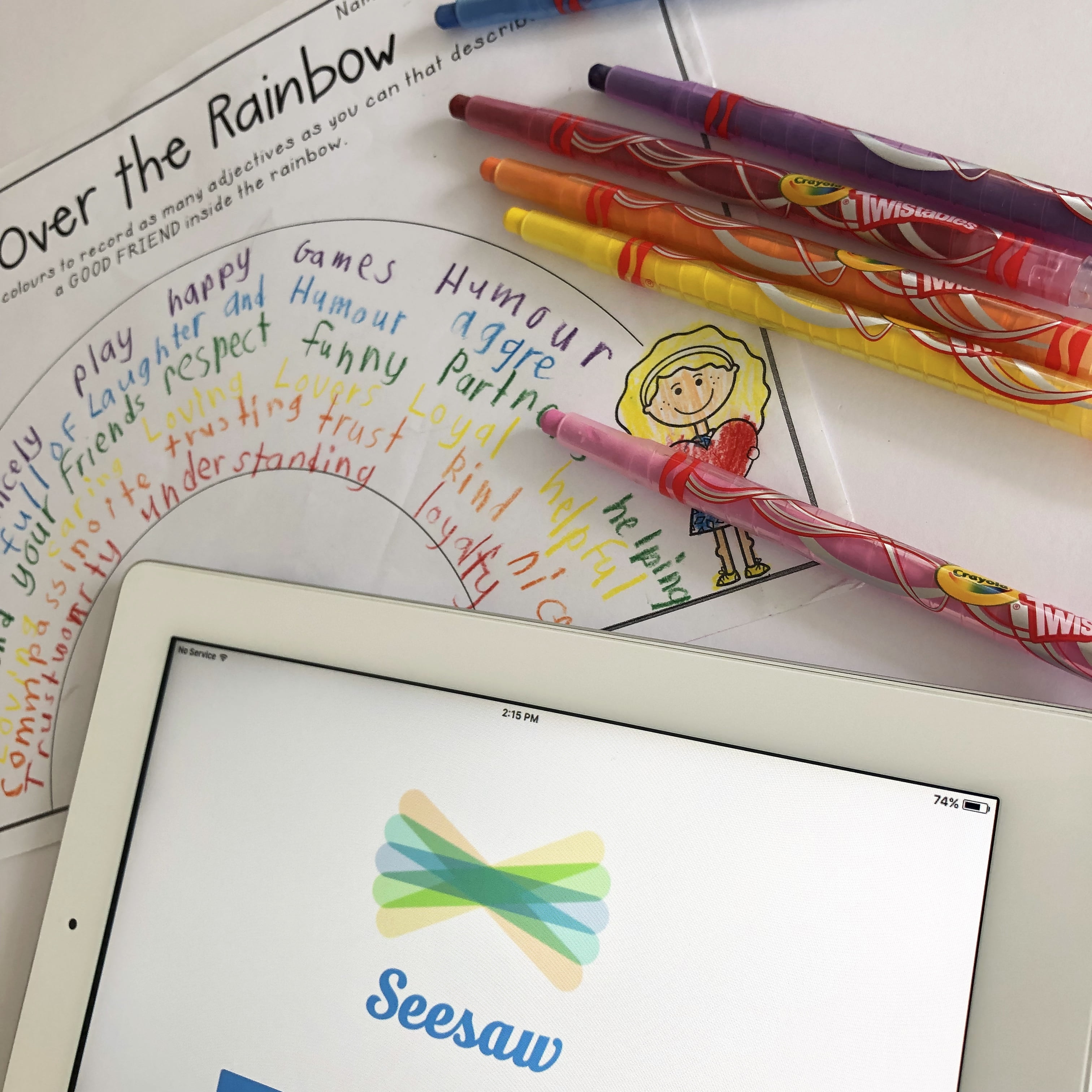
To assist with keeping track of your student’s understanding of concepts taught, we have included a free download of some general exit tickets which can be used with any subject. Get your copy here (or by clicking on the image below).
If you are new to teaching and are keen to read more tips about assessment, then we have even more information about assessment in our First Year Survival Guide.
Find below additional exit tickets you may wish to use in your class.
What to read next?
Creative Ways to use Exit Tickets in the Classroom
